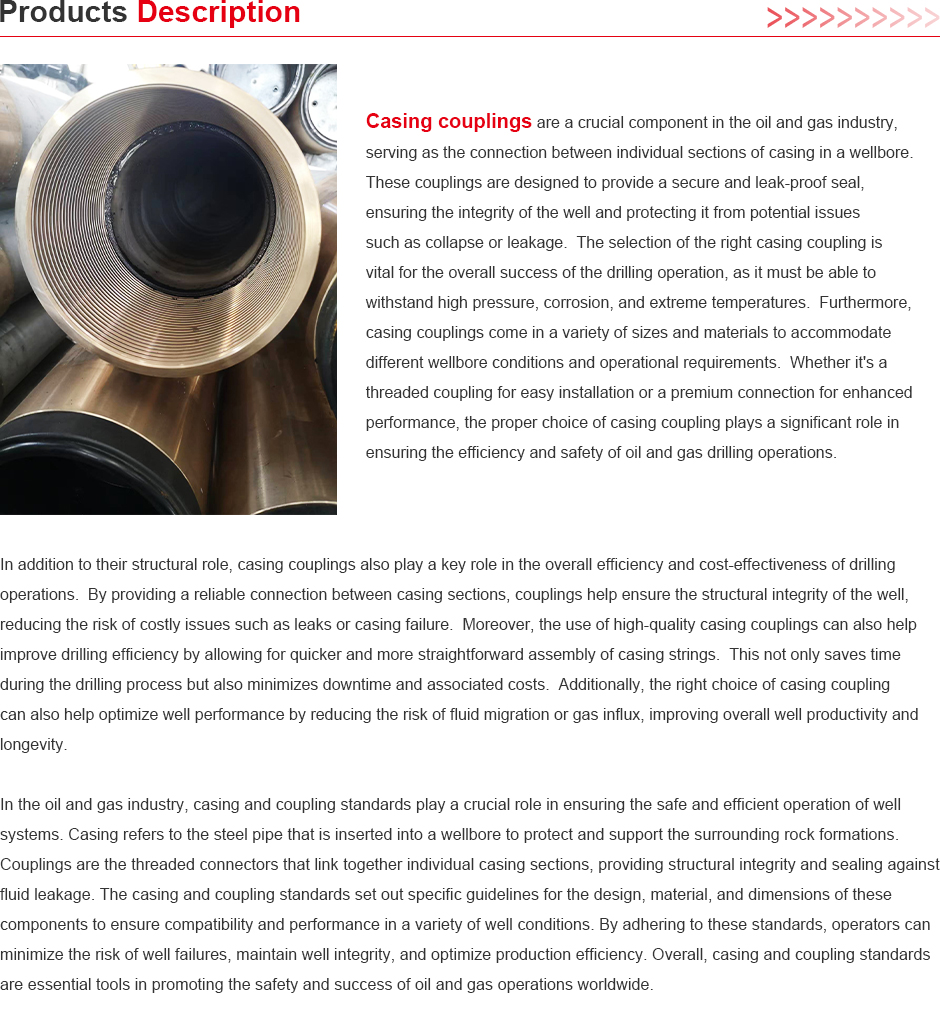- Afrikaans
- Albanian
- Amharic
- Arabic
- Armenian
- Azerbaijani
- Basque
- Belarusian
- Bengali
- Bosnian
- Bulgarian
- Catalan
- Cebuano
- Corsican
- Croatian
- Czech
- Danish
- Dutch
- English
- Esperanto
- Estonian
- Finnish
- French
- Frisian
- Galician
- Georgian
- German
- Greek
- Gujarati
- Haitian Creole
- hausa
- hawaiian
- Hebrew
- Hindi
- Miao
- Hungarian
- Icelandic
- igbo
- Indonesian
- irish
- Italian
- Japanese
- Javanese
- Kannada
- kazakh
- Khmer
- Rwandese
- Korean
- Kurdish
- Kyrgyz
- Lao
- Latin
- Latvian
- Lithuanian
- Luxembourgish
- Macedonian
- Malgashi
- Malay
- Malayalam
- Maltese
- Maori
- Marathi
- Mongolian
- Myanmar
- Nepali
- Norwegian
- Norwegian
- Occitan
- Pashto
- Persian
- Polish
- Portuguese
- Punjabi
- Romanian
- Russian
- Samoan
- Scottish Gaelic
- Serbian
- Sesotho
- Shona
- Sindhi
- Sinhala
- Slovak
- Slovenian
- Somali
- Spanish
- Sundanese
- Swahili
- Swedish
- Tagalog
- Tajik
- Tamil
- Tatar
- Telugu
- Thai
- Turkish
- Turkmen
- Ukrainian
- Urdu
- Uighur
- Uzbek
- Vietnamese
- Welsh
- Bantu
- Yiddish
- Yoruba
- Zulu
api 5ct coupling
Understanding API 5CT Coupling A Comprehensive Overview
API 5CT coupling plays a crucial role in the oil and gas industry, particularly in the production and transportation of hydrocarbons. The American Petroleum Institute (API) established the API 5CT specification to ensure the integrity and performance of casing and tubing used within the drilling process. Among these various components, coupling serves as a vital connection that aids in creating a robust and secure joint between pipes.
A coupling, in the context of API 5CT, is a short piece of pipe that connects two lengths of casing or tubing. Its design allows for the transfer of fluids and the management of pressure within the wellbore or pipeline. The material and construction of the coupling are critical as they must meet specific standards that ensure strength, resistance to corrosive environments, and the ability to endure high pressure and temperature conditions.
Materials and Types
API 5CT couplings are fabricated from a variety of materials, often steel, which is selected based on the environmental conditions and the specific application within the well. The most common grades of steel utilized in API 5CT couplings include H-40, J-55, K-55, N-80, and P-110. Each grade comes with its own set of mechanical properties and corrosion resistance characteristics, making it crucial to select the appropriate grade based on the intended application and well conditions.
There are primarily two types of couplings in the API 5CT specification the thread type and the buttress type. The thread type is designed with specific threads to provide a secure fit upon connection, while the buttress type features a flat surface that allows for better load distribution under high-stress conditions. Choosing the correct type of coupling is essential for maintaining the integrity of the connection between tubing and casing.
Functions and Importance
api 5ct coupling

The coupling serves multiple functions within the oil and gas industry. Primarily, it provides mechanical strength to the joint and facilitates the efficient transfer of hydrocarbons. Additionally, it helps in maintaining pressure control, which is vital for operations in environments with high pressures. The integrity of the coupling directly impacts the safety and efficiency of the drilling operations.
Moreover, the use of quality API 5CT couplings minimizes the risk of failures or leaks, which can lead to costly downtime and environmental hazards. Couplings are often subjected to rigorous testing procedures, including non-destructive testing, to ensure that they meet API standards before they are deployed in the field.
Best Practices for Usage
For optimal performance, it is important to follow best practices when using API 5CT couplings. Proper handling during transportation and installation is crucial to avoid damaging the threads or the coupling itself. Rigorous inspection protocols should be implemented to ensure that the couplings are free from defects before installation. Additionally, the application of protective coatings may be necessary in corrosive environments to prolong the lifespan of the couplings.
Conclusion
In summary, API 5CT coupling is a fundamental element in the oil and gas industry, providing essential connections between tubing and casing. Its role in ensuring the performance and safety of drilling operations cannot be overstated. By understanding the various types and materials used in API 5CT couplings, alongside proper maintenance practices, companies can significantly enhance their operational efficiency while adhering to industry standards. As the energy sector evolves, ensuring the reliability of such components remains imperative for the sustainable extraction and transportation of essential fossil fuels.
-
Tubing Pup Joints: Essential Components for Oil and Gas OperationsNewsJul.10,2025
-
Pup Joints: Essential Components for Reliable Drilling OperationsNewsJul.10,2025
-
Pipe Couplings: Connecting Your World EfficientlyNewsJul.10,2025
-
Mastering Oilfield Operations with Quality Tubing and CasingNewsJul.10,2025
-
High-Quality Casing Couplings for Every NeedNewsJul.10,2025
-
Boost Your Drilling Efficiency with Premium Crossover Tools & Seating NipplesNewsJul.10,2025







